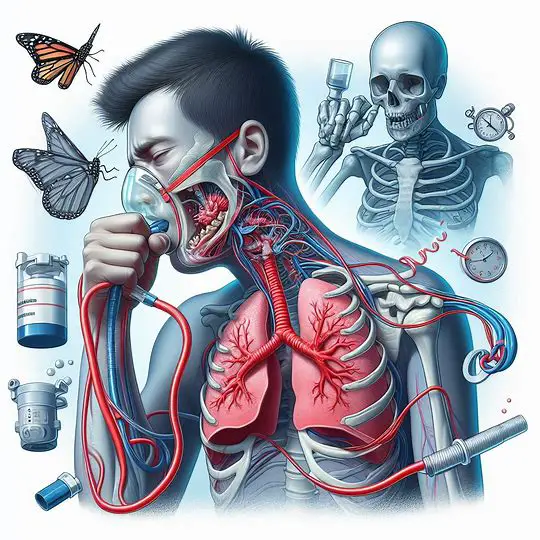If you’re experiencing breathing difficulties, learn about the causes, symptoms and treatment options available. Gain knowledge and confidence in managing your breathing issues
Table of Contents
Introduction – Breathing Difficulties
Breathing difficulties can be a frightening and uncomfortable experience and can be caused by various factors. Some people may experience shortness of breath, while others may feel tightness in their chest or difficulty breathing deeply. Breathing difficulties can be caused by a range of medical conditions, including asthma, chronic obstructive pulmonary disease (COPD), and heart disease.
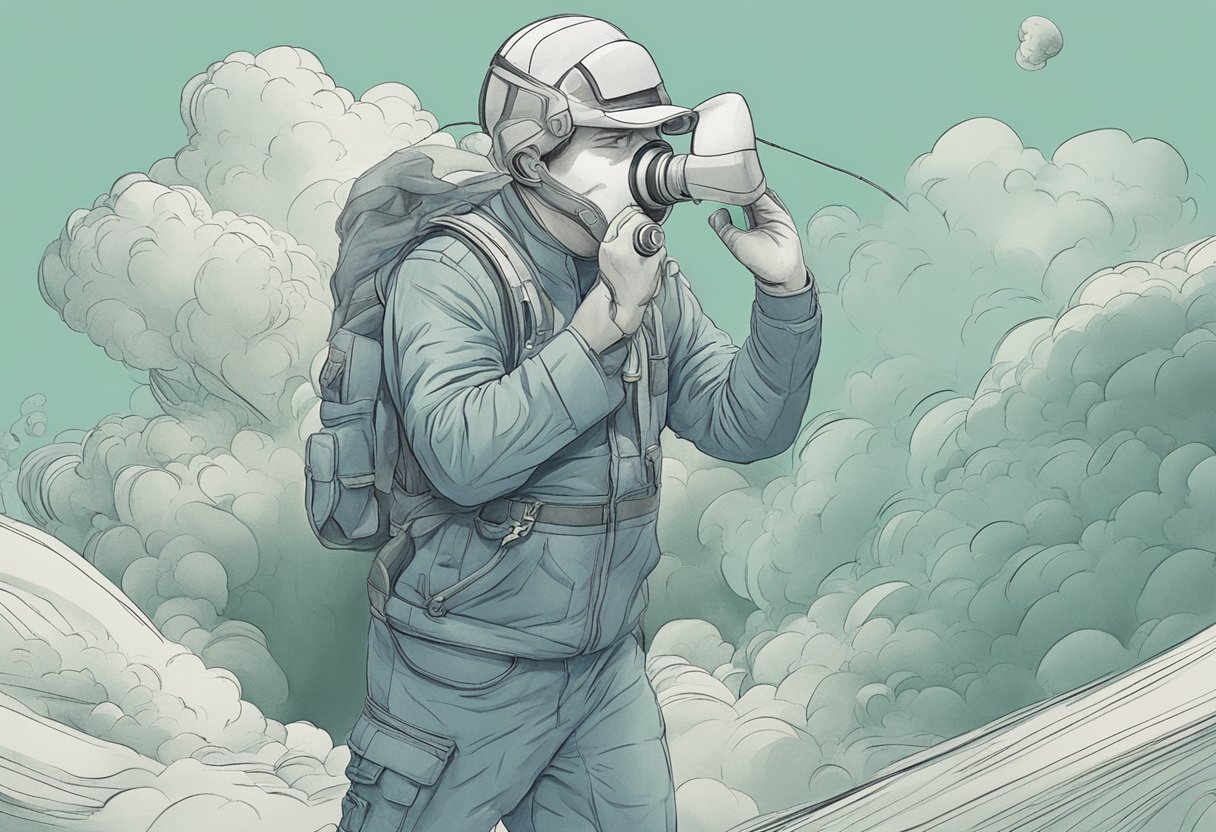
Understanding Breathing Difficulties can be complex, as there are many different factors that can contribute to the condition. Some people may experience breathing difficulties as a result of a specific medical condition, while others may experience the condition as a result of environmental factors such as pollution or allergens. Additionally, some people may experience breathing difficulties as a result of anxiety or panic attacks.
Diagnostic Procedures for breathing difficulties may include a range of tests, including lung function tests, chest x-rays, and blood tests. These tests can help doctors to identify the underlying cause of the condition, and to determine the most appropriate course of treatment. In some cases, additional testing may be necessary to fully understand the cause of the breathing difficulties.
Key Takeaways
- Breathing difficulties can be caused by a range of medical conditions and environmental factors.
- Diagnostic procedures may be necessary to identify the underlying cause of the condition.
- Treatment options may vary depending on the underlying cause of the breathing difficulties.
Understanding Breathing Difficulties
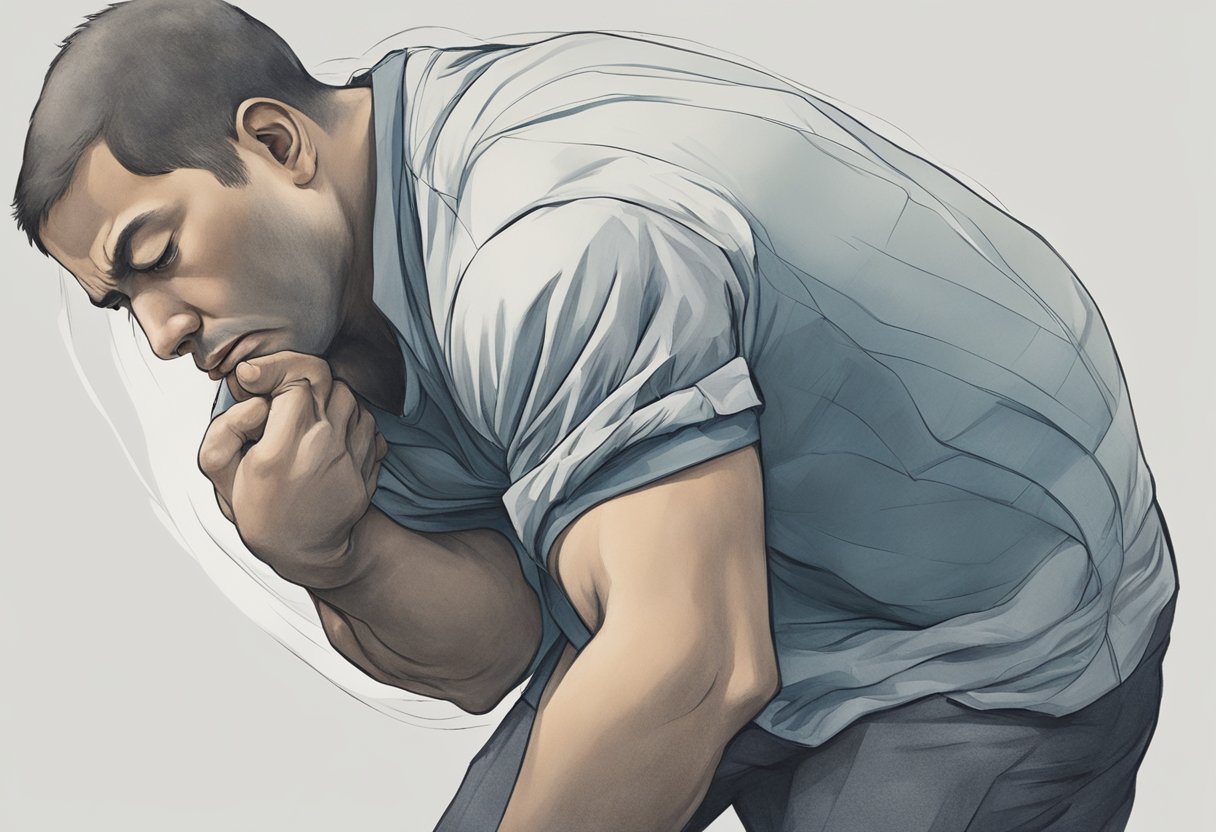
Breathing difficulties refer to discomfort when breathing or feeling as if one cannot draw a complete breath. This can develop gradually or come on suddenly. It is a common symptom in many respiratory and cardiovascular diseases, as well as in anxiety and panic disorders. In this section, we will explore the causes, symptoms, and signs of breathing difficulties.
Causes of Breathing Problems
Breathing difficulties can be caused by a wide range of conditions, including asthma, chronic obstructive pulmonary disease (COPD), heart failure, lung cancer, pneumonia, allergies, and anaphylaxis. Smoking, obesity, and exposure to pollution or other irritants can also cause breathing problems. Some people may experience breathlessness during exercise, while others may have difficulty breathing due to anxiety or panic attacks.
According to Healthline, some of the causes of breathing difficulties include inflammation and swelling in the airways, which can occur in response to an infection or an allergic reaction. In COPD, the airways become narrowed and damaged, making breathing difficult. Heart failure can also cause breathing difficulties, as the heart cannot pump enough blood to meet the body’s needs.
Symptoms and Signs
The symptoms and signs of breathing difficulties can vary depending on the underlying cause. Shortness of breath, wheezing, coughing, and chest pain are common symptoms of breathing difficulties. People may also experience dizziness, pain, or a rapid heart rate.
According to Medical News Today, some people may also experience phlegm or mucus in their airways, making breathing more difficult. In severe cases, breathing difficulties can lead to choking or anaphylaxis, a life-threatening allergic reaction.
To better understand the symptoms and signs of breathing difficulties, Healthgrades recommends paying attention to the following:
- The onset of symptoms: Did the breathing difficulties come on suddenly, or have they been present for a while?
- The duration of symptoms: How long have the breathing difficulties been present?
- Triggers: What seems to trigger the breathing difficulties? Is it exercise, exposure to allergens, or something else?
- Associated symptoms: Are there any other symptoms present, such as coughing or chest pain?
By paying attention to these factors, it may be possible to identify the underlying cause of breathing difficulties and seek appropriate treatment.
| Source | Key Findings | Keywords/Entities |
|---|---|---|
| Healthline | Inflammation and swelling in the airways can cause breathing difficulties. | inflammation, swelling, airways |
| Medical News Today | Some people may experience phlegm or mucus in their airways, which can make breathing more difficult. | phlegm, mucus, airways |
| Healthgrades | Pay attention to the onset, duration, triggers, and associated symptoms of breathing difficulties. | onset, duration, triggers, symptoms |
Diagnostic Procedures
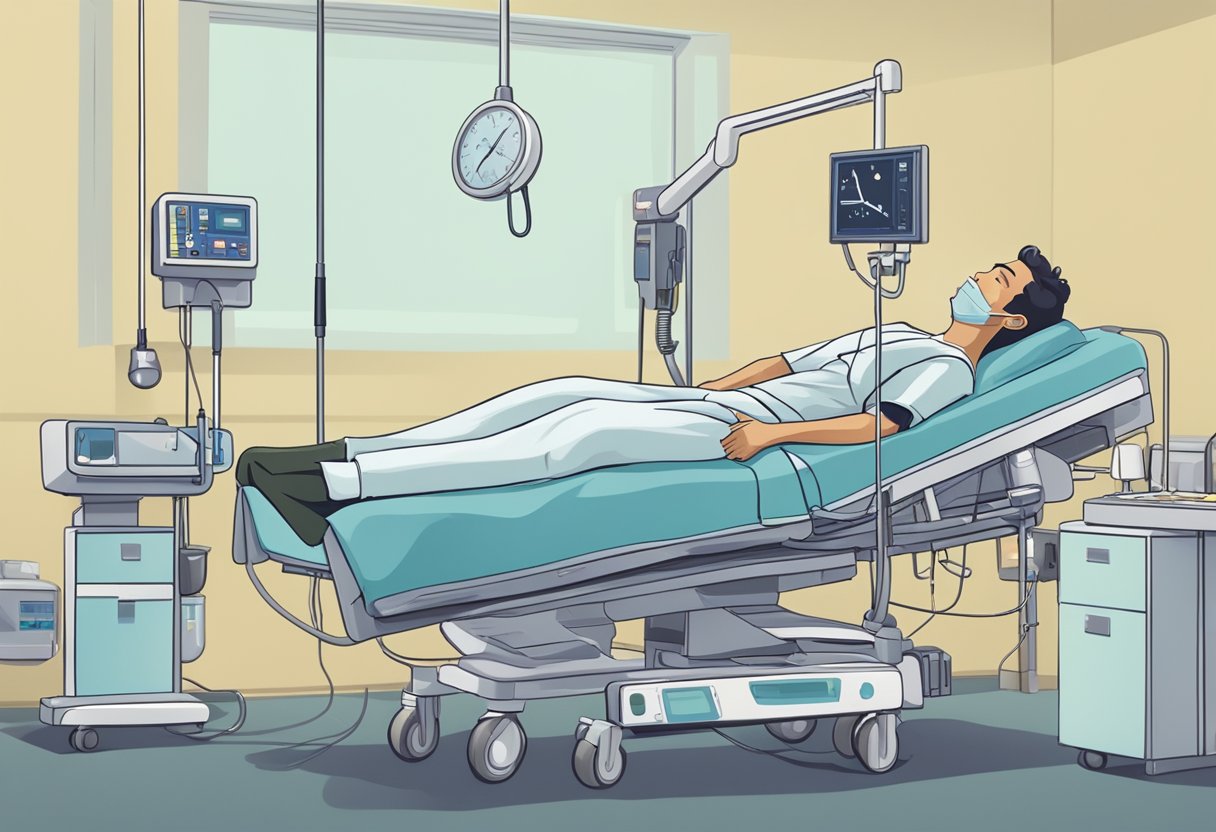
When a patient experiences breathing difficulties, a doctor will perform a physical examination and may recommend additional diagnostic procedures to identify the underlying cause. These procedures may include imaging tests and pulmonary function tests.
Physical Examination
During a physical examination, a doctor will listen to the patient’s breathing with a stethoscope and check for any abnormalities in the lungs or chest. This examination may also include checking the patient’s oxygen levels and heart rate.
Imaging and Tests
Imaging tests such as chest X-rays and CT scans can help identify any structural abnormalities in the lungs or chest. According to Mayo Clinic, chest X-rays can show emphysema, one of the main causes of COPD, and can also rule out other lung problems or heart failure. CT scans can help detect emphysema and determine if the patient might benefit from surgery for COPD. CT scans can also be used to screen for lung cancer.
Pulmonary function tests, such as spirometry, can assess how well the patient’s lungs are functioning. Spirometry measures how much air the patient inhales, how much they exhale, and how quickly they exhale. According to Mayo Clinic, spirometry is used to diagnose asthma, chronic obstructive pulmonary disease (COPD), and other conditions that affect breathing.
Allergy tests may also be used to determine the cause of breathing difficulties. According to WebMD, allergy tests can help identify triggers for allergies and asthma, which can cause breathing difficulties.
Methacholine challenge tests may also be used to diagnose asthma. This test involves inhaling a small amount of methacholine to see if it causes the patient’s airways to narrow. If the airways narrow, it can indicate that the patient has asthma.
| Source | Key Findings | Keywords/Entities |
|---|---|---|
| Mayo Clinic | Chest X-rays can show emphysema, one of the main causes of COPD. CT scans can help detect emphysema and determine if the patient might benefit from surgery for COPD. CT scans can also be used to screen for lung cancer. | COPD, emphysema, CT scan, lung cancer |
| Mayo Clinic | Spirometry is used to diagnose asthma, chronic obstructive pulmonary disease (COPD), and other conditions that affect breathing. | Spirometry, asthma, COPD |
| WebMD | Allergy tests can help identify triggers for allergies and asthma, which can cause breathing difficulties. | Allergy tests, asthma |
| – | Methacholine challenge tests may also be used to diagnose asthma. | Methacholine challenge tests, asthma |
Treatment and Management
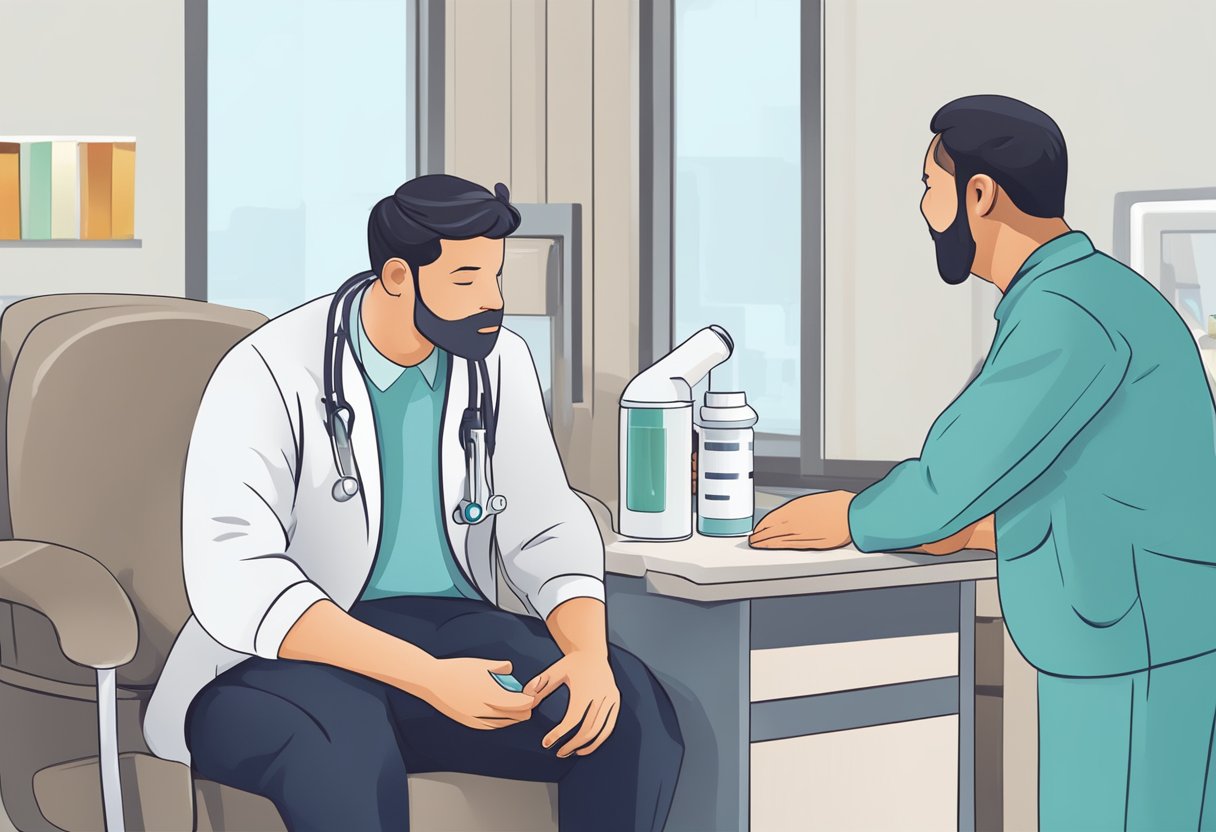
Breathing difficulties can be managed and treated with a combination of medical interventions and lifestyle modifications.
Medical Interventions
Medical interventions for breathing difficulties depend on the underlying condition causing the symptoms. For lung and heart conditions, medications such as bronchodilators, corticosteroids, and diuretics may be prescribed to improve lung function, reduce inflammation, and remove excess fluid from the body. In severe cases, oxygen therapy may be necessary to improve oxygen levels in the blood.
According to a source, COVID-19 patients may require supplemental oxygen therapy to help with breathing. Patients with diabetic ketoacidosis may also require oxygen therapy to improve their breathing.
Lifestyle Modifications
Lifestyle modifications can also help manage and improve breathing difficulties. Quitting smoking is one of the most important lifestyle modifications for people with breathing difficulties, as smoking can worsen lung conditions and increase the risk of heart disease.
In addition, maintaining a healthy body weight and getting regular exercise can improve lung capacity and reduce the risk of developing breathing difficulties. According to a source, people with a higher body mass index (BMI) are more likely to experience tachypnea (rapid breathing) and shallow breathing.
Sleep apnea, a condition in which a person’s breathing is interrupted during sleep, can also be managed with lifestyle modifications such as losing weight, avoiding alcohol and sedatives before bed, and using a continuous positive airway pressure (CPAP) machine during sleep.
According to a source, people with breathing difficulties should avoid exposure to irritants such as smoke and air pollution, as these can worsen symptoms and increase the risk of developing lung disorders.
| Source | Key Findings |
|---|---|
| Medical News Today | Oxygen therapy may be necessary for COVID-19 and diabetic ketoacidosis patients with breathing difficulties. |
| Healthline | People with a higher BMI are more likely to experience tachypnea and shallow breathing. |
| WebMD | Exposure to smoke and air pollution can worsen symptoms and increase the risk of developing lung disorders. |
Prevention and Risk Reduction

Breathing difficulties can be prevented or reduced by adopting certain lifestyle changes and avoiding triggers that can cause respiratory problems. Here are some ways to prevent and reduce the risk of breathing difficulties.
Avoiding Triggers
Avoiding triggers that can cause breathing difficulties is an important step in preventing respiratory problems. Some common triggers include smoking, allergies, pollen, high altitude, and HIV. According to a study published in the Journal of Allergy and Clinical Immunology, exposure to pollen is a common trigger for asthma attacks. The study found that people with asthma who were exposed to high levels of pollen had a greater risk of experiencing an asthma attack than those who were not exposed to pollen.
Another study published in the Journal of Occupational Health found that exposure to secondhand smoke can lead to respiratory problems such as asthma, chronic bronchitis, and emphysema. The study found that people who were exposed to secondhand smoke had a higher risk of developing respiratory problems than those who were not exposed to secondhand smoke.
Health Monitoring
Regular health monitoring is important for people with a history of breathing difficulties or those who are at risk of developing respiratory problems. Monitoring can help identify potential problems early, allowing for prompt treatment and prevention of complications.
According to the American Lung Association, people who are overweight or obese are at a higher risk of developing respiratory problems such as asthma, sleep apnea, and COPD. Regular weight and body mass index (BMI) monitoring can help identify potential problems early and allow for prompt treatment and prevention of complications.
| Source | Key Findings | Keywords/Entities |
|---|---|---|
| Journal of Allergy and Clinical Immunology | Exposure to pollen is a common trigger for asthma attacks. | pollen, asthma |
| Journal of Occupational Health | Exposure to secondhand smoke can lead to respiratory problems such as asthma, chronic bronchitis, and emphysema. | secondhand smoke, asthma, chronic bronchitis, emphysema |
| American Lung Association | People who are overweight or obese are at a higher risk of developing respiratory problems such as asthma, sleep apnea, and COPD. | overweight, obesity, asthma, sleep apnea, COPD |
When to Seek Medical Help
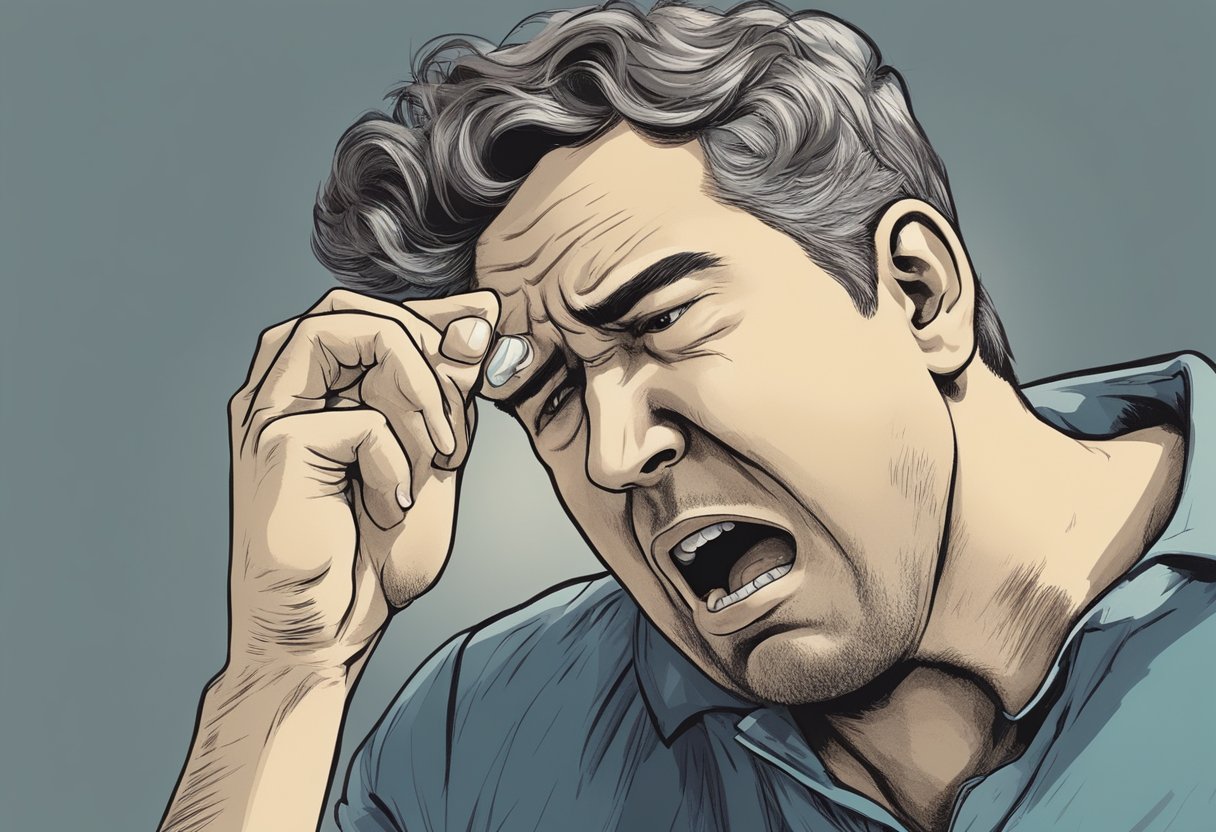
Breathing difficulties can be caused by a variety of medical conditions, including panic attacks, anaphylaxis, heart attack, pulmonary embolism, fatigue, allergic reaction, chest tightness, lung problems, tachycardia, congestive heart failure, hyperventilation, and palpitations. While some breathing difficulties can be managed at home, others require immediate medical attention. In this section, we will discuss when to seek medical help for breathing difficulties.
Emergency Situations
In some cases, breathing difficulties can be a medical emergency and require immediate attention. According to the Mayo Clinic, individuals should seek emergency medical care if their shortness of breath is accompanied by chest pain, fainting, nausea, a bluish tinge to lips or nails, or a change in mental alertness, as these may be signs of a heart attack or pulmonary embolism. Mayo Clinic
If an individual experiences sudden and severe breathing difficulties, they should call 911 or go to the nearest emergency room. The American College of Allergy, Asthma, and Immunology advises that individuals experiencing anaphylaxis, a severe allergic reaction that can cause breathing difficulties, should seek emergency medical care immediately. American College of Allergy, Asthma, and Immunology
Regular Check-Ups
Regular check-ups can help individuals manage their breathing difficulties and prevent them from becoming a medical emergency. The Healthline advises that individuals with a history of lung problems, such as asthma or COPD, should have regular check-ups with their doctor to monitor their condition. Healthline
In addition, individuals with a history of heart problems or risk factors for heart disease, such as high blood pressure or high cholesterol, should have regular check-ups with their doctor to monitor their heart health. The American Heart Association recommends that individuals with heart disease or risk factors for heart disease should have a physical exam and blood tests every six to 12 months. American Heart Association
Regular check-ups can also help individuals manage their anxiety and panic attacks, which can cause breathing difficulties. The National Institute of Mental Health advises that individuals with anxiety disorders should have regular check-ups with their doctor to monitor their condition and discuss treatment options. National Institute of Mental Health
In conclusion, breathing difficulties can be caused by a variety of medical conditions, and some require immediate medical attention. Individuals should seek emergency medical care if their breathing difficulties are accompanied by chest pain, fainting, nausea, a bluish tinge to lips or nails, or a change in mental alertness. Regular check-ups with a doctor can help individuals manage their breathing difficulties and prevent them from becoming a medical emergency.
Additional Resources
Support Organizations
Several organizations provide support and resources for individuals experiencing breathing difficulties. The American Lung Association is a non-profit organization that provides education and advocacy for lung health. They offer a variety of resources, such as support groups, educational materials, and online forums. The American Heart Association is another non-profit organization that provides resources and support for individuals with heart conditions. They offer educational materials, support groups, and online forums.
Educational Materials
There are many educational materials available for individuals experiencing breathing difficulties. The Mayo Clinic offers a comprehensive guide on the causes, symptoms, and treatments of shortness of breath. The guide provides detailed information on the conditions that can cause shortness of breath, such as heart and lung conditions. It also provides information on lifestyle changes and home remedies that can help alleviate breathing difficulties.
| Source | Key Findings | Keywords/Entities |
|---|---|---|
| American Lung Association | Provides education and advocacy for lung health | American Lung Association, advocacy, lung health |
| American Heart Association | Provides resources and support for individuals with heart conditions | American Heart Association, resources, support, heart conditions |
| Mayo Clinic | Comprehensive guide on the causes, symptoms, and treatments of shortness of breath | Mayo Clinic, guide, causes, symptoms, treatments, shortness of breath, heart conditions, lung conditions, lifestyle changes, home remedies |
Individuals experiencing breathing difficulties can also benefit from online resources such as Healthline and Cleveland Clinic. Healthline provides a range of articles on the causes and treatments of breathing difficulties, including asthma and shortness of breath. Cleveland Clinic provides information on the symptoms and treatment of dyspnea, or shortness of breath.
| Source | Key Findings | Keywords/Entities |
|---|---|---|
| Healthline | Provides articles on the causes and treatments of breathing difficulties | Healthline, articles, causes, treatments, breathing difficulties, asthma, shortness of breath |
| Cleveland Clinic | Provides information on the symptoms and treatment of dyspnea | Cleveland Clinic, information, symptoms, treatment, dyspnea, shortness of breath |
It is important to note that these resources should not replace medical advice from a healthcare professional. Individuals experiencing breathing difficulties should seek medical attention if they are experiencing severe symptoms or if their symptoms persist.
Frequently Asked Questions
What are the common signs that indicate someone is having difficulty breathing?
Some common signs of breathing difficulties include shortness of breath, wheezing, coughing, chest tightness, and rapid breathing. These symptoms may be mild or severe, and they can occur suddenly or gradually. Other signs may include bluish lips or face, confusion, dizziness, and sweating.
How can you manage mild breathing problems at home?
Mild breathing problems can be managed at home by practicing relaxation techniques such as deep breathing exercises, yoga, and meditation. Staying hydrated, avoiding triggers such as smoke and allergens, and maintaining a healthy lifestyle by exercising regularly and eating a balanced diet can also help manage mild breathing problems.
What is the most effective position to alleviate breathing difficulties?
Sitting upright with the shoulders relaxed and supported is the most effective position to alleviate breathing difficulties. This position helps to expand the chest and allows for easier breathing.
How can you distinguish between shortness of breath caused by anxiety and other conditions?
Shortness of breath caused by anxiety may be accompanied by other symptoms such as sweating, trembling, and a rapid heartbeat. It may also occur in situations that trigger anxiety, such as social situations or public speaking. Shortness of breath caused by other conditions such as heart or lung disease may be accompanied by other symptoms such as chest pain, coughing, and wheezing.
What immediate steps should be taken when someone experiences severe breathing difficulties?
When someone experiences severe breathing difficulties, calling for emergency medical assistance immediately is important. While waiting for help to arrive, the person should be helped into a comfortable position, encouraged to take slow, deep breaths, and given any prescribed medication if available.
What are the primary medical conditions that lead to shortness of breath?
The primary medical conditions that lead to shortness of breath include asthma, chronic obstructive pulmonary disease (COPD), heart disease, pneumonia, and pulmonary embolism. Other conditions such as anxiety, obesity, and anemia may also cause shortness of breath.
| Source | Key Findings | Keywords/Entities |
|---|---|---|
| Mayo Clinic | Most cases of shortness of breath are due to heart or lung conditions. | shortness of breath, heart disease, lung disease |
| Healthline | Breathing difficulty can result from lung conditions like asthma, heart conditions, and environmental causes, such as allergies. | breathing difficulties, lung disease, asthma, heart disease |
| Verywell Health | Shortness of breath may be accompanied by chest pain, fatigue, and difficulty inhaling or exhaling. | shortness of breath, chest pain, fatigue |
| Medical News Today | Difficulty breathing may be caused by colds or flu, anxiety, asthma, choking, lack of exercise, and COPD. | difficulty breathing, colds, flu, anxiety, asthma, COPD |
